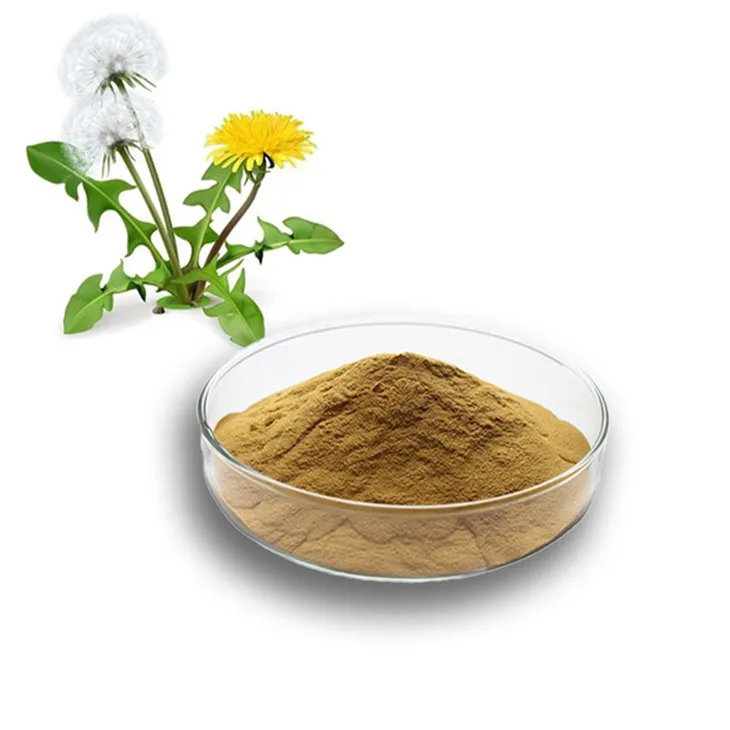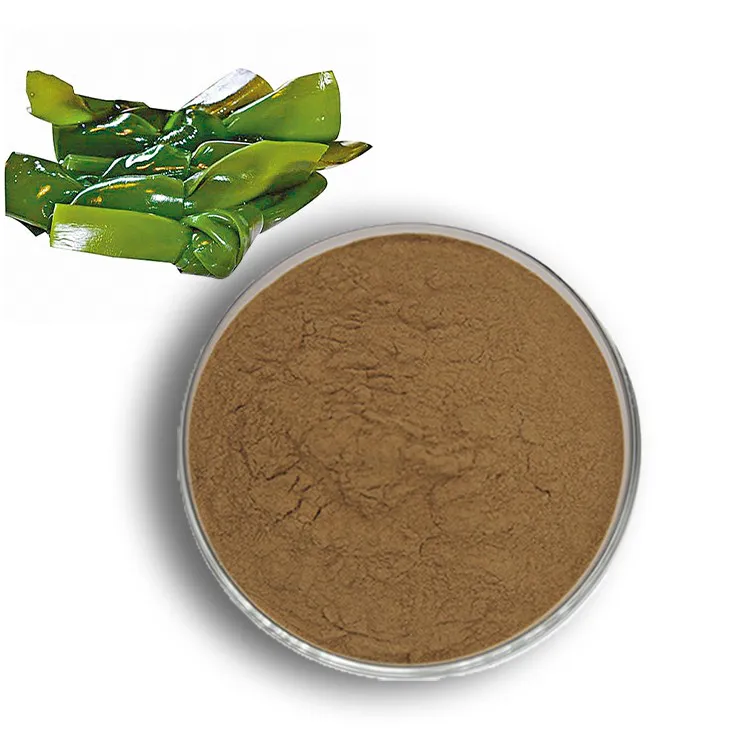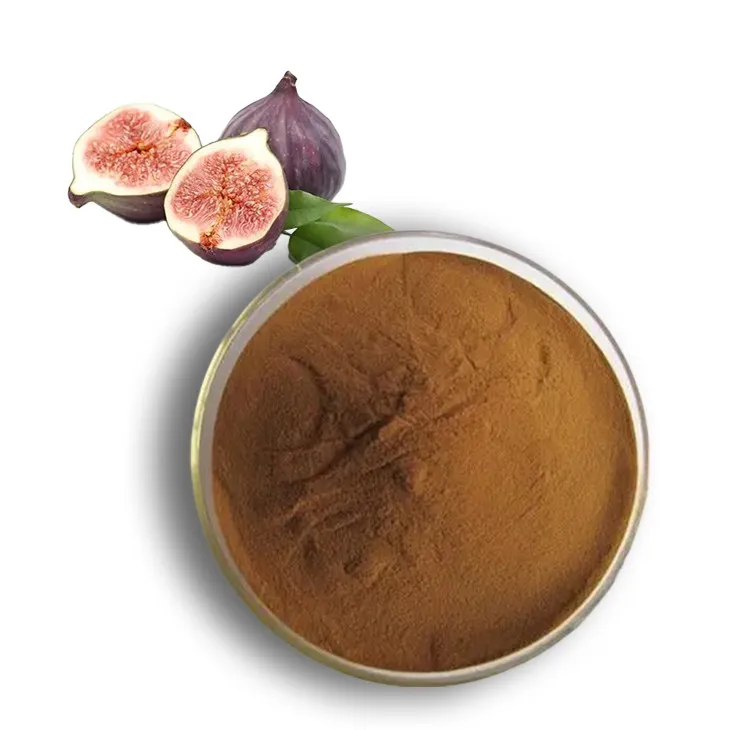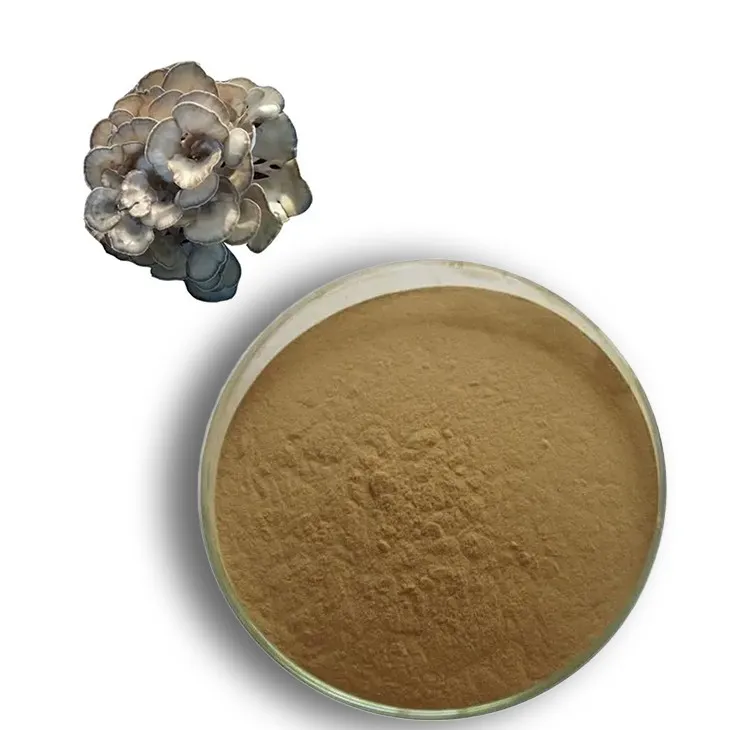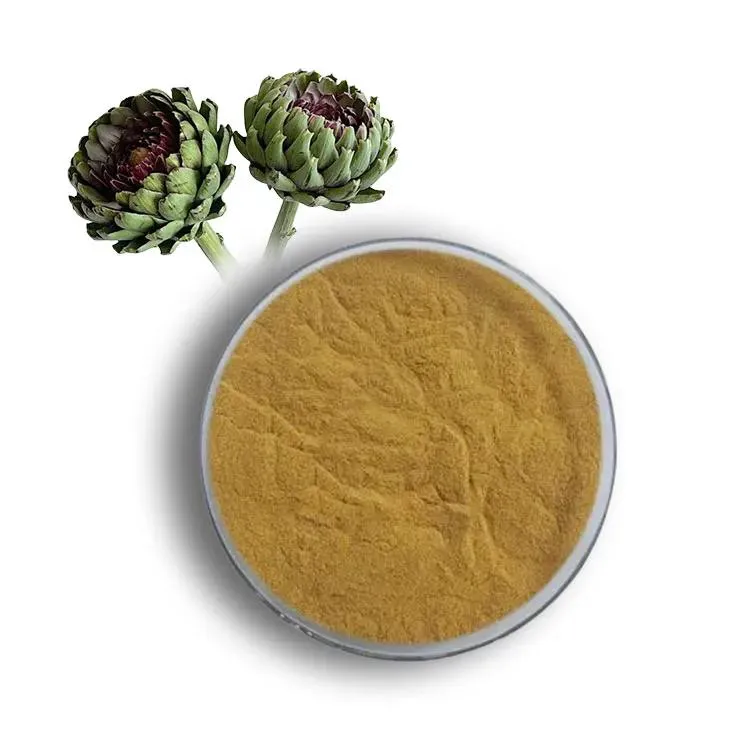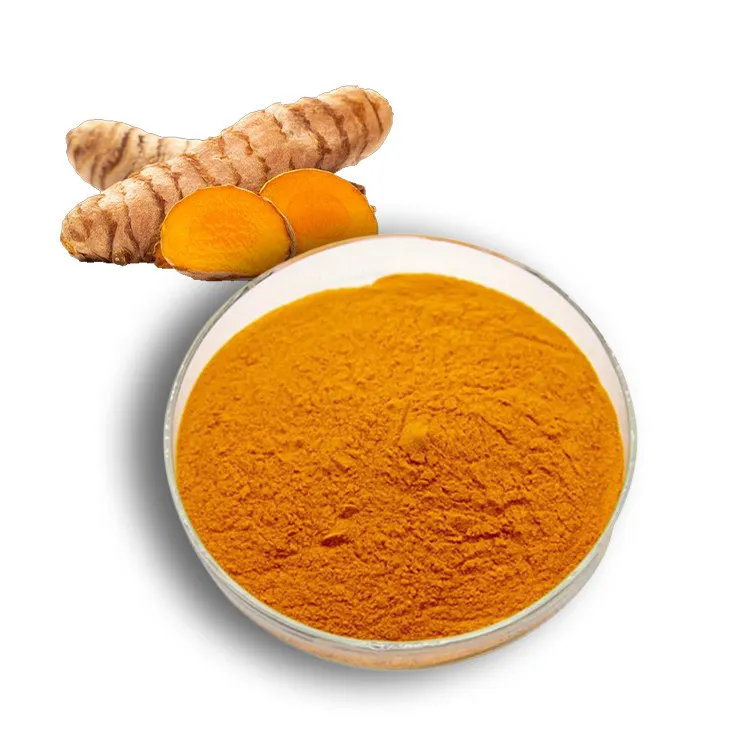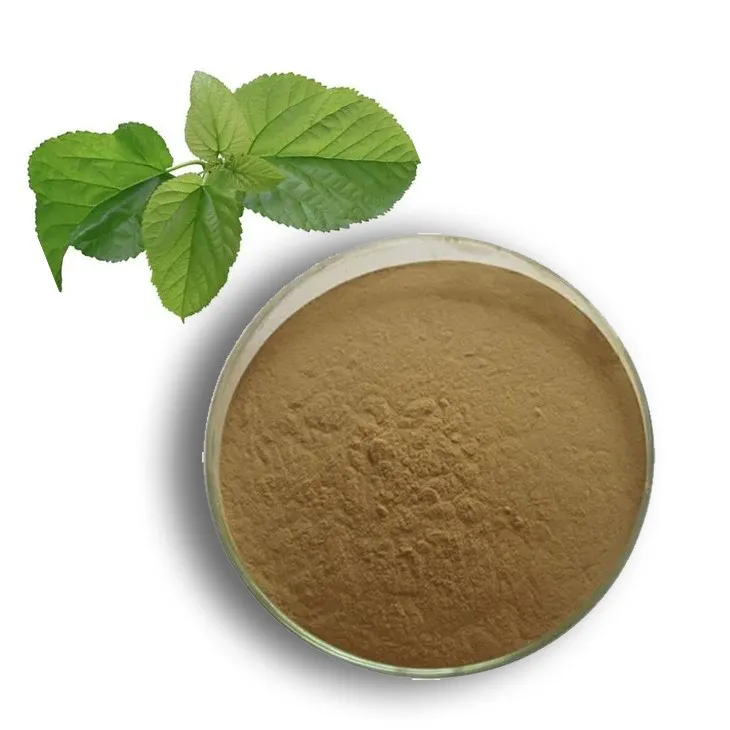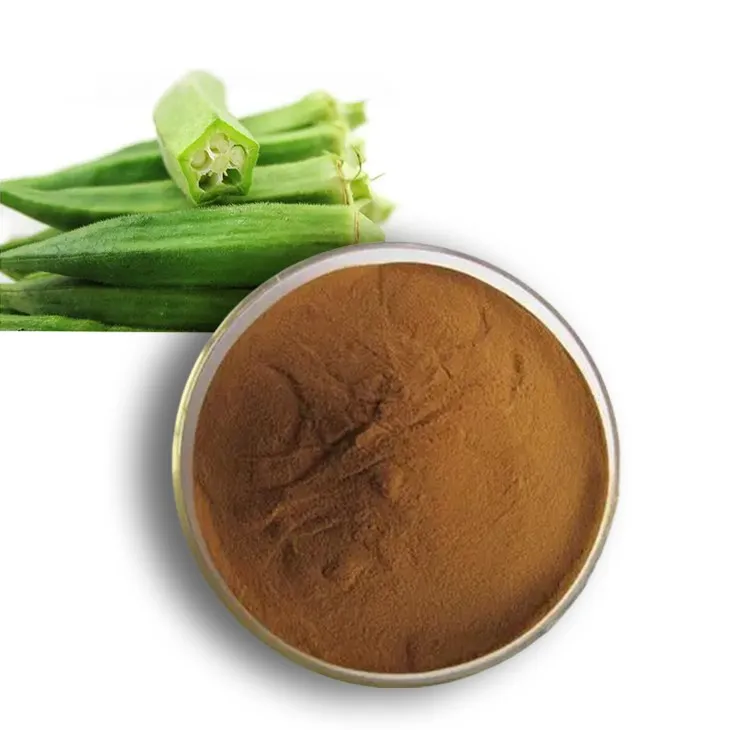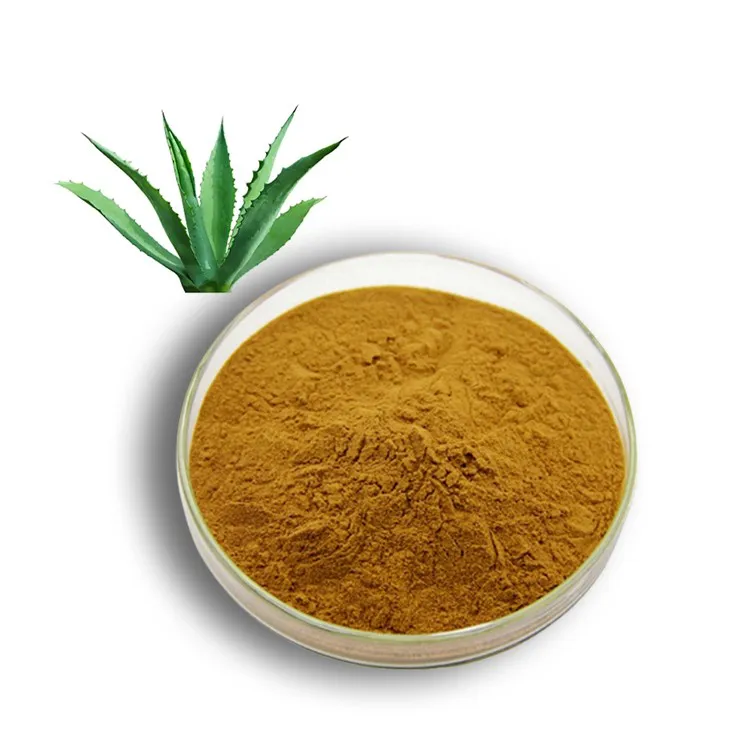- 0086-571-85302990
- sales@greenskybio.com
Red Yeast Rice: Who Can Benefit and How it Supports Heart Health
2025-08-14

Red yeast rice has emerged as a popular dietary supplement, particularly lauded for its potential effects on cholesterol management and heart health. This naturally occurring substance, derived from rice fermented with specific strains of yeast, has been used for centuries in traditional Chinese medicine. As research continues to explore its benefits, many individuals are considering whether red yeast rice might be a suitable addition to their health regimen. This article explores who may benefit most from red yeast rice supplementation, its potential health advantages, and considerations for its use.
Understanding Red Yeast Rice
Red yeast rice (RYR) is produced through the fermentation of white rice with the yeast species Monascus purpureus, which gives it a distinctive red color. The fermentation process results in the production of several active compounds, most notably monacolins. Monacolin K, in particular, is chemically identical to lovastatin, a prescription statin drug used to lower cholesterol levels.
Beyond its use as a supplement, red yeast rice has a historical presence in Asian cuisine as both a food staple and a natural food coloring. It is also a feature in traditional medicine, where it has been used to aid digestion and improve circulation.
The Connection Between Red Yeast Rice and Cholesterol
The primary reason individuals turn to red yeast rice is for its potential to support cardiovascular health through cholesterol reduction. Elevated levels of low-density lipoprotein (LDL) cholesterol, commonly referred to as "bad" cholesterol, are an established risk factor for cardiovascular diseases such as heart attack and stroke.
Red yeast rice, through its monacolin K content, has been shown in numerous studies to effectively lower LDL cholesterol levels. This effect mirrors that of statin medications, which inhibit the enzyme HMG-CoA reductase, a critical protein in the liver's cholesterol production pathway. By blocking this enzyme, monacolin K reduces the liver's cholesterol synthesis, thereby lowering overall cholesterol levels in the blood.
Who Can Benefit from Red Yeast Rice?
1. Individuals with Elevated Cholesterol Levels
Red yeast rice may be particularly beneficial for individuals with mild to moderately elevated cholesterol levels who are seeking a natural alternative to traditional cholesterol-lowering medications. It provides a non-prescription option that can complement lifestyle changes such as dietary improvement and increased physical activity. However, those considering it must understand that while it can help manage cholesterol levels, it should not be used as a complete substitute for prescribed medications without professional guidance.
2. Those Seeking a Complementary or Alternative Medicine
People interested in complementary and alternative medicine approaches may consider red yeast rice as part of their overall health strategy. It aligns well with natural dietary choices and can be integrated with other lifestyle modifications aimed at improving heart health, such as a diet rich in fruits, vegetables, and whole grains, and regular exercise.
3. Individuals with Statin Intolerance
Some individuals who experience side effects from prescription statins, such as muscle pain or digestive issues, may turn to red yeast rice as an alternative. However, it's important to note that because monacolin K is similar to statins, similar side effects might occur. Consulting a healthcare provider to evaluate the benefits and risks is crucial for those with a history of statin intolerance.
4. Older Adults Focused on Heart Health
As age increases, so does the risk of developing heart-related issues due to changes in cardiovascular function and cholesterol levels. Older adults might consider red yeast rice to help maintain healthier cholesterol balance, although coordination with a healthcare provider is essential to ensure it aligns with any other health conditions or medications being managed.
Potential Benefits Beyond Cholesterol Management
While cholesterol management is the primary reason for using red yeast rice, some research suggests additional health benefits:
1. Antioxidant Effects
Red yeast rice contains compounds with antioxidant properties that can help neutralize harmful free radicals in the body. By reducing oxidative stress, these antioxidants may support overall health and contribute to the prevention of chronic diseases.
2. Potential Anti-Inflammatory Benefits
Preliminary studies indicate that red yeast rice may exhibit anti-inflammatory effects, which could play a role in reducing the risk of conditions linked to chronic inflammation, such as cardiovascular diseases and some forms of arthritis. However, more research is needed to fully understand these effects.
3. Improved Metabolic Health
There is some evidence to suggest that red yeast rice might positively influence metabolic health markers, such as blood sugar levels. This might be particularly beneficial for individuals with metabolic syndrome or pre-diabetic conditions.
Considering the Use of Red Yeast Rice
Before starting any new supplement, it is important to weigh the benefits against potential risks. While red yeast rice is generally considered safe, there are some considerations and precautions:
1. Quality and Standardization
The composition and potency of red yeast rice supplements can vary significantly between brands. Consumers should look for standardized products that list the concentration of monacolin K on the label to ensure consistent quality. Obtaining supplements from reputable sources is crucial to avoid contaminants or additives that might pose health risks.
2. Interaction with Medications
Red yeast rice can interact with other medications, much like statins. It is essential to consult with a healthcare provider, especially if you are currently taking prescription medications for cholesterol management, antifungal medications, antibiotics, or anticoagulants, as red yeast rice may affect their efficacy or increase the risk of side effects.
3. Monitoring and Safety
Regular monitoring of cholesterol levels and liver function tests are recommended for anyone using red yeast rice, particularly because of the potential liver-related side effects associated with prolonged use of monacolin-containing products.
4. Contraindications
Individuals who are pregnant, breastfeeding, or have a history of liver disease should avoid red yeast rice due to the potential for adverse effects.
Conclusion
Red yeast rice offers a compelling option for individuals seeking to manage cholesterol levels and support heart health naturally. By inhibiting cholesterol production through its monacolin K content, it presents an alternative or complementary approach to traditional statin therapy. However, it is crucial to approach red yeast rice with informed caution, ensuring quality product selection and professional guidance.
Ultimately, whether considering red yeast rice or another supplement, integrating such options as part of a comprehensive lifestyle plan — including balanced nutrition, exercise, and regular health screenings — will maximize the potential health benefits and support optimal cardiovascular health.
- ▶ Hesperidin
- ▶ Citrus Bioflavonoids
- ▶ Plant Extract
- ▶ lycopene
- ▶ Diosmin
- ▶ Grape seed extract
- ▶ Sea buckthorn Juice Powder
- ▶ Fruit Juice Powder
- ▶ Hops Extract
- ▶ Artichoke Extract
- ▶ Mushroom extract
- ▶ Astaxanthin
- ▶ Green Tea Extract
- ▶ Curcumin
- ▶ Horse Chestnut Extract
- ▶ Other Product
- ▶ Boswellia Serrata Extract
- ▶ Resveratrol
- ▶ Marigold Extract
- ▶ Grape Leaf Extract
- ▶ New Product
- ▶ Aminolevulinic acid
- ▶ Cranberry Extract
- ▶ Red Yeast Rice
- ▶ Red Wine Extract
-
Dandelion Leaf Extract
2025-08-14
-
Kelp Extract Powder
2025-08-14
-
Fig Extract
2025-08-14
-
Bitter Melon Extract
2025-08-14
-
Maitake Mushroom Extract
2025-08-14
-
Artichoke Extract
2025-08-14
-
Curcumin
2025-08-14
-
Mulberry leaf Extract
2025-08-14
-
Okra Extract
2025-08-14
-
Aguaje Extract
2025-08-14











